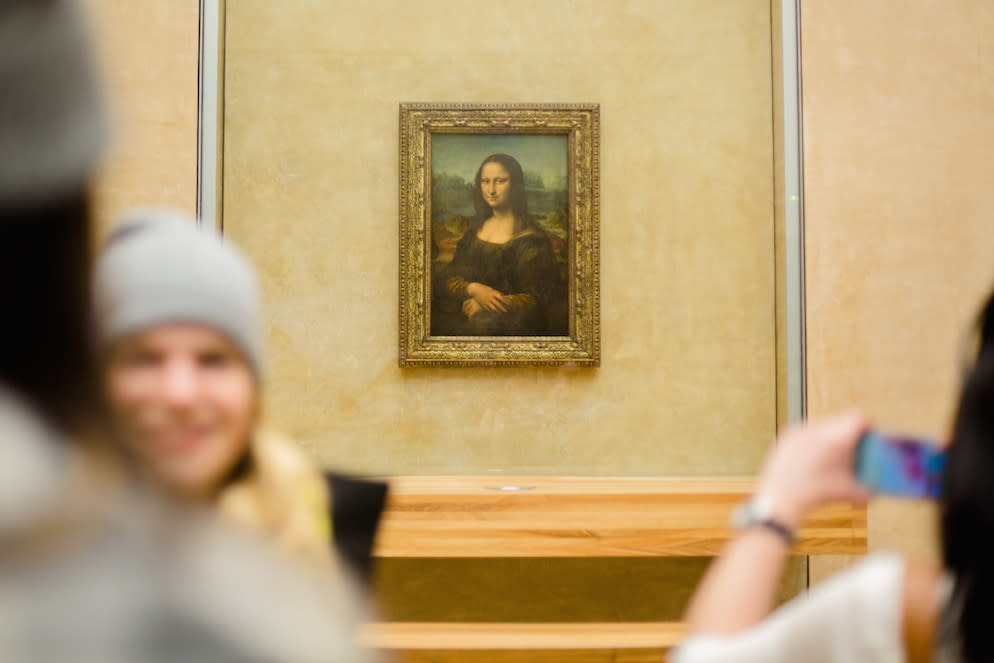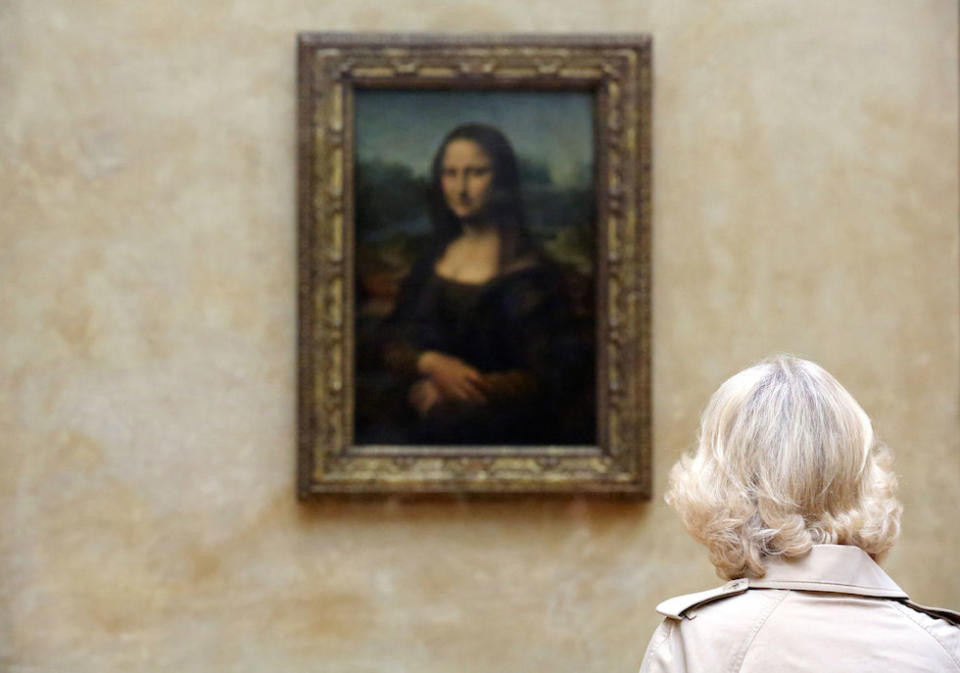The Mona Lisa’s eyes don’t follow you around the room after all, say scientists

The eyes of the Mona Lisa do not follow you around the room, scientists have said.
There has been a long-held belief that the gaze of the famous painting by Leonardo da Vinci in the Louvre museum in Paris moves with its millions of visitors.
It has become so established that it is known as the “Mona Lisa Effect”.

However, researchers say the phenomenon is little more than a myth, and that the Mona Lisa’s eyes are, in fact, looking to her left.
While scientists at Bielefeld University in Germany accept that it appears the painting does follow the viewer regardless of their position, they maintain she is staring to our right.
MORE: Attackers stab 14-year-old boy to death after ramming his moped in east London
MORE: Facebook deletes page of protesters responsible for abuse of MPs outside Parliament
The researchers measured the painting’s gaze and found that the Mona Lisa looks to her left-hand side from about 35.5 cm inside pictorial space, equating to 15.4° to the viewer’s right-hand side in real space.
They asked participants to stand 66cm away from a screen featuring the painting, then asked them where they thought the Mona Lisa was looking along a ruler, which was placed at different points in separate experiments.

“Mona Lisa does not fulfil the premise of the Mona Lisa effect,” the study found. “She does not gaze at the viewer.”
Professor Dr Gernot Horstmann from Bielefeld University said: “People are very good at gauging whether or not they are being looked at by others.
“People can feel like they’re being looked at from both photographs and paintings – if the person portrayed looks straight ahead out of the image, that is, at a gaze angle of zero degrees.”


